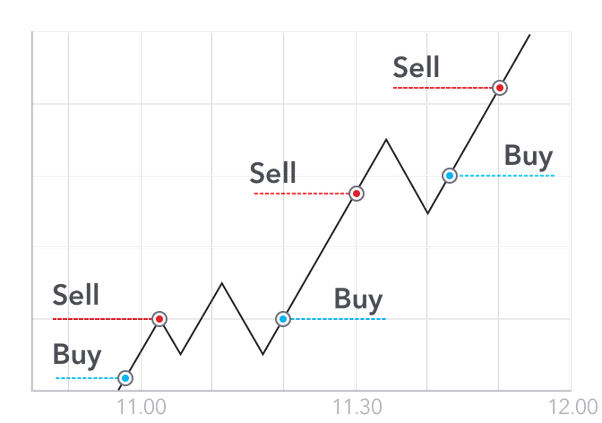
Bitcoin transactions are done using the Merkle Tree structure. The Merkle Root, which is a hash of all transactions within a given block, is called a hash. The hashes can be stored in a hierarchical order, with the Merkle Root at top. Computers are able to easily find the data for each transaction. Each transaction is typically hashed first before being paired with another. TxAB, for instance, will be paired to TxCD, and so on.
A Bitcoin transaction can be divided into three parts. The first is the raw transaction. This is composed of individual bits called addresses. This allows the bitcoin network identify the source of the data and can then be compared to that used by other payment system. The raw transaction is not serialized and therefore the most difficult to decipher. The output of a transaction is a zipped version of the transaction.

A script is a program that creates an output without requiring authorization. The script might require that the input is signed using 10 keys, or redeemable with password. To validate the signatures, it will use both the public key (public key) and the private key (private key). Once it has been verified, the script will add the signed stack value. This is known as the "stack". It's best to speak with a Bitcoin developer if you are unsure about the Bitcoin Transaction Data Structure.
The Bitcoin transaction information structure at the small end contains a 0x48 byte (or 72 bytes). This byte is located at the bottom of the small-end. When an output is sent, its id=2 will be used. If it's not sent, it will use id=1. The small end is the one with the most bit byte. This is id=50. The large end has a fd2606 is the inverted small end.
The Bitcoin transaction metadata structure contains information about the transaction time stamp, the version, the inputs and outputs, and how many transactions were made. It also contains the public key's coordinates (x and y). The y coordinator of a publickey refers to the y coordinate for the corresponding hexadecimal. This can be determined by the hex digits of the hex byte.

A transaction's data structure in hexadecimal format contains an integer which represents the original transaction. The hash is the second byte, which is an integer that's stored at the low location. These values are stored in the order they were created. The single Bitcoin hash generates when all of the stacks are completed. The hexadecimal encoded is an important part of bitcoin's hexadecimal encryption.
A Bitcoin transaction is a combination of inputs, outputs, and a number of intermediates. A coinbase transaction is a single Bitcoin transaction. This is where the miner receives their mining reward. An outgoing transaction must be both a coinbase and non-coinbase transaction. The transaction ID is generated by cryptographic hashing these two variables. A coinbase is more secure than traditional currencies, which require an address as well as a signature.
FAQ
Where can you find more information about Bitcoin?
There are plenty of resources available on Bitcoin.
Will Shiba Inu coin reach $1?
Yes! After only one month, the Shiba Inu Coin reached $0.99. This means that the cost per coin has fallen to half of what it was one month ago. We are still working hard on bringing our project to life. We hope to launch ICO shortly.
Is Bitcoin Legal?
Yes! Yes, bitcoins are legal tender across all 50 states. However, there are laws in some states that limit the number of bitcoins you can have. If you have questions about bitcoin ownership, you should consult your state's attorney General.
What Is A Decentralized Exchange?
A decentralized Exchange (DEX) refers to a platform which operates independently of one company. DEXs work as peer-to–peer networks, and are not run by a single company. This means anyone can join the network, and be part of the trading process.
What is Cryptocurrency Wallet?
A wallet is an app or website that allows you to store your coins. There are many options for wallets: paper, paper, desktop, mobile and hardware. A good wallet should be easy to use and secure. It is important to keep your private keys safe. They can be lost and all of your coins will disappear forever.
How To Get Started Investing In Cryptocurrencies?
There are many ways that you can invest in crypto currencies. Some prefer to trade via exchanges. Others prefer to trade through online forums. Either way, it's important to understand how these platforms work before you decide to invest.
Statistics
- While the original crypto is down by 35% year to date, Bitcoin has seen an appreciation of more than 1,000% over the past five years. (forbes.com)
- A return on Investment of 100 million% over the last decade suggests that investing in Bitcoin is almost always a good idea. (primexbt.com)
- In February 2021,SQ).the firm disclosed that Bitcoin made up around 5% of the cash on its balance sheet. (forbes.com)
- Ethereum estimates its energy usage will decrease by 99.95% once it closes “the final chapter of proof of work on Ethereum.” (forbes.com)
- As Bitcoin has seen as much as a 100 million% ROI over the last several years, and it has beat out all other assets, including gold, stocks, and oil, in year-to-date returns suggests that it is worth it. (primexbt.com)
External Links
How To
How to create a crypto data miner
CryptoDataMiner is a tool that uses artificial intelligence (AI) to mine cryptocurrency from the blockchain. This open-source software is free and can be used to mine cryptocurrency without the need to purchase expensive equipment. You can easily create your own mining rig using the program.
This project has the main goal to help users mine cryptocurrencies and make money. This project was started because there weren't enough tools. We wanted it to be easy to use.
We hope our product can help those who want to begin mining cryptocurrencies.